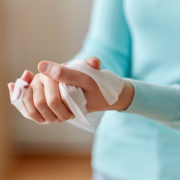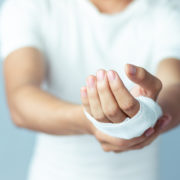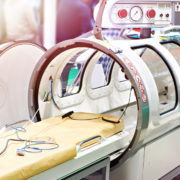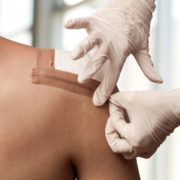How a Wound Can Become Infected
Wounds can become infected in a number of different ways through various infectious agents.
Virus Infection
Viruses may range in a variety of sizes and shapes. But outside a living cell, a virus is just a dormant particle. So it requires a host cell to go into action, as it highjacks the metabolic machinery of the cell to produce copies of itself.
Basically, viruses are just packets of nucleic acid, surrounded by a protein shell or fatty materials called lipids. It can gain entry into the body via absorption, inhalation, or through an infected wound.
Viruses are also responsible for a huge array of diseases, which include the common cold, chickenpox, genital herpes, influenza, or measles.
Bacteria
Bacteria are another factor that can cause an infected wound. This happens when bacteria grow within the damaged skin of a wound. The symptoms include pain, swelling, and redness.
A patient will be able to treat minor wound infections from home. But those with more persistent or severe wound infections must seek medical attention. Bacteria gain entry into cuts grazes, or other breaks in the skin and cause wound infection.
Other Infectious Agents
There are other types of infectious agents to cause infection to the body. Such would include fungi, protozoa, and helminthes.
- Fungi – These are spore-forming organisms that can range from bread mold to ringworm to histoplasmosis.
- Protozoa – These are the infectious agents behind dysentery and malaria.
- Helminthes – These are parasitic worms that cause hookworm, schistosomiasis, and trichinosis.
- Prions – These are other types of infectious agents that consist only of protein. Since they evoke no immune response and resist heat, radiation, sterilization, and ultraviolet light, controlling them are quite difficult.
Microorganisms can cause certain diseases through the pathogens that enter the body through the eyes, mouth, nose, or urogenital openings. Moreover, they can gain passage through an infected wound or bite that breaches the skin barrier.
Basically, an infection may not lead to disease. Infection only occurs when bacteria, viruses, and other infectious microbes will enter the body and begin to multiply. So diseases will occur when the cells in the body will be damaged as the result of the infection. Then, the signs and symptoms of an illness will appear.
Recognizing a Wound Infection
When a wound becomes infected, the condition will get worse instead of better. So any pain, redness, and swelling will increase in intensity. When bacteria enter the wound, it begins to multiply.
Bacteria may come from the surrounding skin, the object that caused the injury, or the external environment. There is a higher risk to the infected wound if one of the following statements is true.
- The wound is deep, large, or with a jagged edge
- There is dirt or foreign particles that entered the wound
- The wound was caused by a bite from a human or an animal
- The cause of the wound was due to an injury with a dirty, contaminated, or rusty object.
If a person will not receive treatment for the infected wound, this can spread to other parts of the body, leading to serious complications.
We specialize in diagnosis and treatment for any and all wound care issues for patients in San Diego County, Orange County, and Riverside County. For more information or to set an appointment, please contact us.










